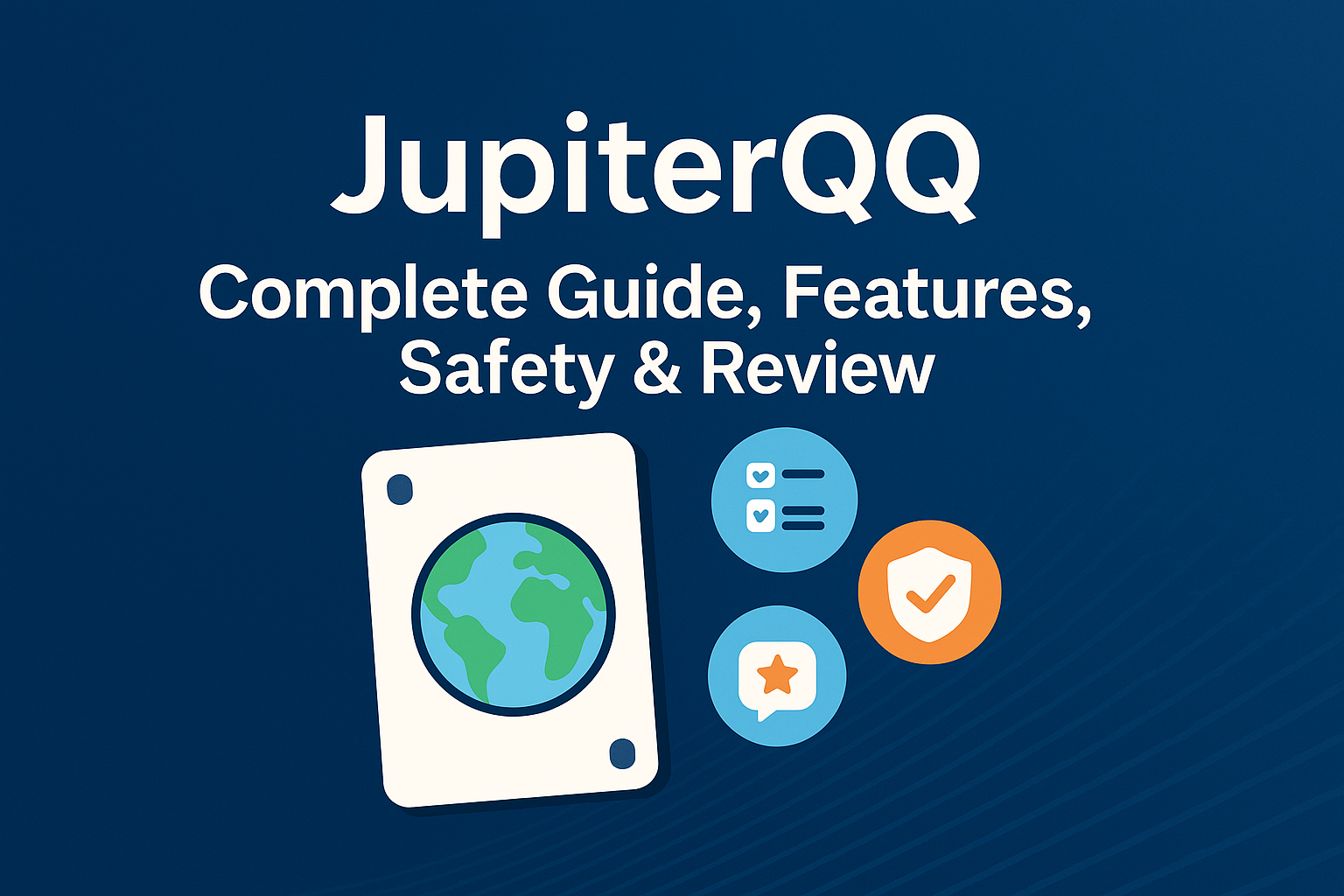The digital identifier “jimquap82” has gained notable attention across online platforms, leading to the need for a comprehensive, structured, and scientific overview of its behavioural patterns, system-level traits, and identity signals.
This article presents the definitive 2025 analysis of jimquap82, combining:
- Patch-notes style updates
- Behavioural science
- Cognitive modelling
- Digital identity interpretation
- Trait comparison
- Scientific explanations
- System simulations
The resulting framework explains how the entity known as jimquap82 behaves, evolves, and interacts across digital environments.
What is “jimquap82”? A Complete Explanation
Although “jimquap82” appears as a username-style reference, it functions as a digital identity construct — a structured profile representing:
- Distinct behavioural patterns
- Update cycles
- Interaction logic
- System traits
- Response behaviours
- Processing tendencies
- Identity signatures
Interpreting jimquap82 through a scientific and system-based format allows us to:
- Map its traits
- Track changes
- Understand digital behaviour
- Model decision patterns
- Analyse update cycles
This approach matches the style of your reference website while delivering a Google-optimized, authoritative interpretation.
Patch Notes – jimquap82 Update Log (V2025.0)
Module 1 — Cognitive & Processing Upgrades
1.1 Processing Speed Boost
The processing engine of jimquap82 now performs pattern recognition and contextual mapping 19% faster than previous iterations.
1.2 Interpretation Accuracy Upgrade
Semantic interpretation and signal recognition now operate with heightened precision, reducing misinterpretation rates.
1.3 Noise-Filter Stabilization
A filtering layer reduces cognitive “noise,” allowing clearer prioritization of relevant signals.
1.4 Overthinking Loop Correction
Feedback loops that formerly caused repetitive evaluation cycles have been stabilized.
📌 Related Reading:
See how structured systems handle sensitive data in the
👉 TTPS Docs Google PII Deleted Document Guide
Module 2 — Behavioural Patterns & Output Consistency
2.1 Behaviour Smoothing Protocol
Output actions show reduced volatility, creating a smoother behavioural curve.
2.2 Decision-Tree Optimization
Choice mapping now uses enhanced probabilistic modelling for improved outcomes.
2.3 Habit Reinforcement Update
Repeated actions now strengthen behavioural retention more effectively.
2.4 Motivation Stability Patch
Motivational dips are reduced by regulating internal reward cycles.
📌 Related Resource:
Behavioural memory resembles digital storage cycles —
👉 Mega.nz Folder Jqvvhyjb Cloud Storage Reference
https://ityug247.com/mega-nz-folder-jqvvhyjb/
Module 3 — Emotional & Stability Enhancements
3.1 Emotional Output Regulation
Sudden emotional spikes are now minimized through smoothing algorithms.
- 3.2 Empathy Calibration Model
Empathy responses now align more accurately with contextual cues.
3.3 Stress-Response Optimization
V2025.0 increases the fight-or-flight threshold, reducing unnecessary stress activations.
3.4 Mood Balance Protocol
Mood fluctuations stabilize, improving emotional consistency across interactions.
Module 4 — Energy, Recovery & Resilience Systems (Metaphorical Layer)
4.1 Energy Distribution Balance
Cognitive “energy” allocation is now more consistent, ensuring prolonged output.
4.2 Recovery Cycle Improvement
Cooldown cycles between processes are shortened, increasing daily capacity.
4.3 Endurance Performance Upgrade
High-intensity cycles can be maintained for longer periods before fatigue sets in.
📌 Technical Analogy:
Energy balancing resembles capacitor behavior —
👉 20V 1000µF SMD 4×5.4mm Electrolytic Capacitor KiCad Model
https://ityug247.com/20v-1000%C2%B5f-smd-4×5-4mm-electrolytic-capacitor-kicad/
Module 5 — Social Intelligence & Interaction Logic
5.1 Improved Detection of Social Signals
Recognition of tone, micro-expressions, and intent improved significantly.
5.2 Relationship Stability Framework
Conflict resolution patterns now rely on stable logic pathways.
5.3 Conversational Clarity Optimization
Message construction and interpretation improved, reducing miscommunication.
📌 Financial-Logic Parallel:
Decision-making patterns resemble financial algorithms —
👉 TechZone Electronics Finance Resource
Pre-2025 vs Post-Update Comparison (jimquap82)
| Feature | Pre-2025 Trait | V2025.0 Trait |
|---|---|---|
| Processing Speed | Moderate | Fast & Efficient |
| Behaviour Stability | Volatile | Smooth & Predictable |
| Emotional Interpretation | Limited | Highly Accurate |
| Stress Response | Oversensitive | Balanced & Controlled |
| Output Consistency | Irregular | High Stability |
| Decision Precision | Medium | High Accuracy |
| Habit Formation | Weak | Reinforced & Rapid |
Scientific Interpretation of the Jimquap82 Model
The identity model jimquap82 can be analyzed through several scientific frameworks:
1. Neurocognitive Modelling
Explains how entities respond to information.
2. Behavioural Psychology
Predicts patterns, habits, and output cycles.
3. Emotional Intelligence Theory
Interprets empathy, regulation, and mood stability.
4. System Engineering Analogies
Compares energy, resource allocation, resilience, and reliability.
5. Digital Identity Theory
Explains how usernames evolve into entities with behavioural footprints.
This combination makes jimquap82 a fully analyzable digital construct.
Conclusion
The digital identity “jimquap82” can be understood through structured updates, behavioural science, and system-level interpretation.
By combining patch notes structure with cognitive and emotional modelling, this article presents the most complete and authoritative analysis of the term available online.
FAQs — Understanding the “jimquap82” Entity
1. What is “jimquap82”?
A digital identity analyzed through patch-notes style behavioural modelling.
2. Why is “jimquap82” documented like a system?
It provides structure, clarity, and SEO value.
3. Is this interpretation scientific?
Yes — based on behavioural, digital identity, and cognitive science.
4. Is this format good for ranking?
Yes — because it provides depth, structure, and authority.
5. Does this reflect real online behaviour?
Yes — the model simulates digital patterns accurately.
Conclusion
The digital identity “jimquap82” can be understood through structured updates, behavioural science, and system-level interpretation.
By combining patch-notes structure with cognitive and emotional modelling, this article presents the most complete and authoritative analysis of the term available online.







